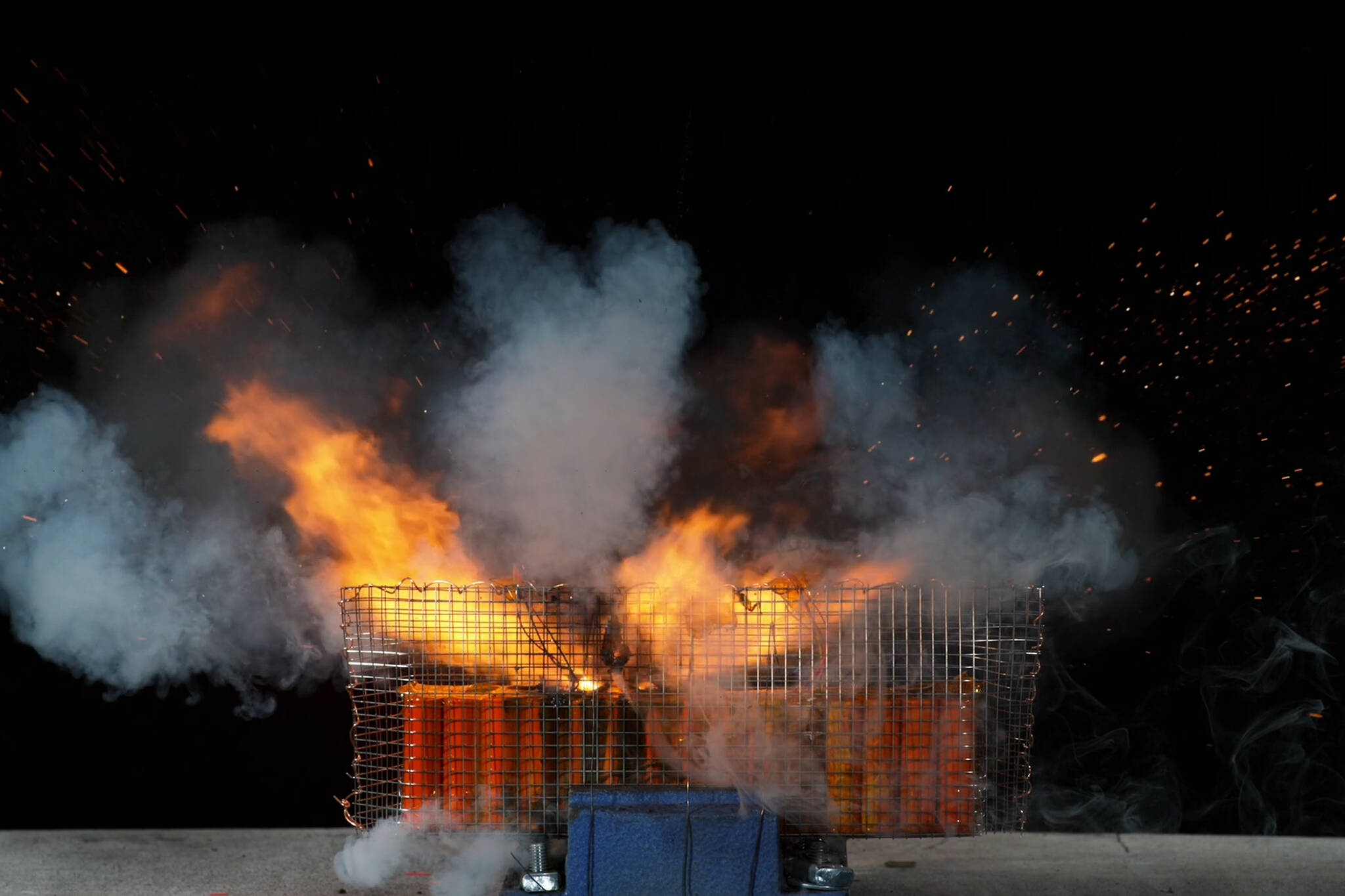You may think of this as the holiday gift-giving season, but it’s also the time of year when people give millions of battery-powered devices: electronic toys, Bluetooth headsets, flashlights and headlamps, smartphones, tablets, laptops, e-bikes, cameras, power tools, game consoles, smartwatches, small kitchen appliances, power banks, and on and on.
Experts say fires and emergency room visits increase during December because so many rechargeable battery-powered devices get heavy use at this time of year. They get worked hard in holiday cooking, traveling, decorating and, of course, gifting.
According to the annual holiday safety survey by Underwriters Laboratories (UL), it’s truly a season of batteries, with about 60% of those surveyed saying they will be buying at least one battery-powered gift.
Many of these devices are powered by lithium-ion (also known as Li-ion or simply lithium) batteries. These batteries are rechargeable and, in the long run, less expensive than other options. They can be recycled and they weigh less than most other battery types. And lithium-ion batteries have a good safety record if properly handled. For all these reasons, they are very popular.
But lithium-ion batteries aren’t perfect.
UL documented 1,560 reported incidents in one year (2023), including 621 injuries and 111 fatalities. The Federal Aviation Administration (FAA) reports there is a lithium battery incident on a plane more than once a week on average. That’s why airlines prohibit lithium-ion batteries in checked luggage, where they might overheat and catch fire out of sight in the hold. You may, however, check or carry on common devices powered by lithium batteries, such as hearing aids, cell phones, watches, laptops, etc. Be sure to check your airline’s lithium-battery rules before you travel.
Your checklist for battery safety
This list of tips can help keep you and your family safe around battery-powered devices. We have also included some links with more detailed information.
Inspect batteries and devices:
• Only use battery-powered products labeled as certified by a nationally recognized organization such as UL. Thousands of products on the market don’t meet UL safety standards.
• Check for swelling, punctures, or other damage on batteries or battery-powered devices.
• Listen for hissing or popping sounds.
• Don’t use the device if it gets excessively hot or emits a strange odor.
• If it smokes, get the battery or device outside and away from people and your building. Smoke indicates a potential thermal runaway. Call 911.
Charge and store batteries safely:
• Use charging equipment that comes with the device so the charging rate and charging control circuitry can help prevent overheating.
• Charge large devices such as e-bikes or scooters outside the home and don’t leave them charging unattended overnight.
• Store batteries away from extreme heat or cold, direct sunlight or flammable materials.
Dispose of batteries properly:
• Discard batteries at a battery recycling event or at businesses that know how to handle lithium-ion batteries correctly.
• Do not discard batteries or battery-powered devices in regular trash bins.
• Put tape over battery terminals to prevent an accidental short circuit that could start a fire. A battery recycler will require that all button cells, watch batteries and coin batteries be taped on both sides.
Detailed online battery safety resources:
• UL’s annual safety guide: tinyurl.com/ULsafety2024
• U.S. Fire Administration/FEMA cheat sheet: tinyurl.com/USFAcheatSheet
• Fire Safety Research Institute (FSRI) CHARGE campaign: tinyurl.com/FSRIcampaign



